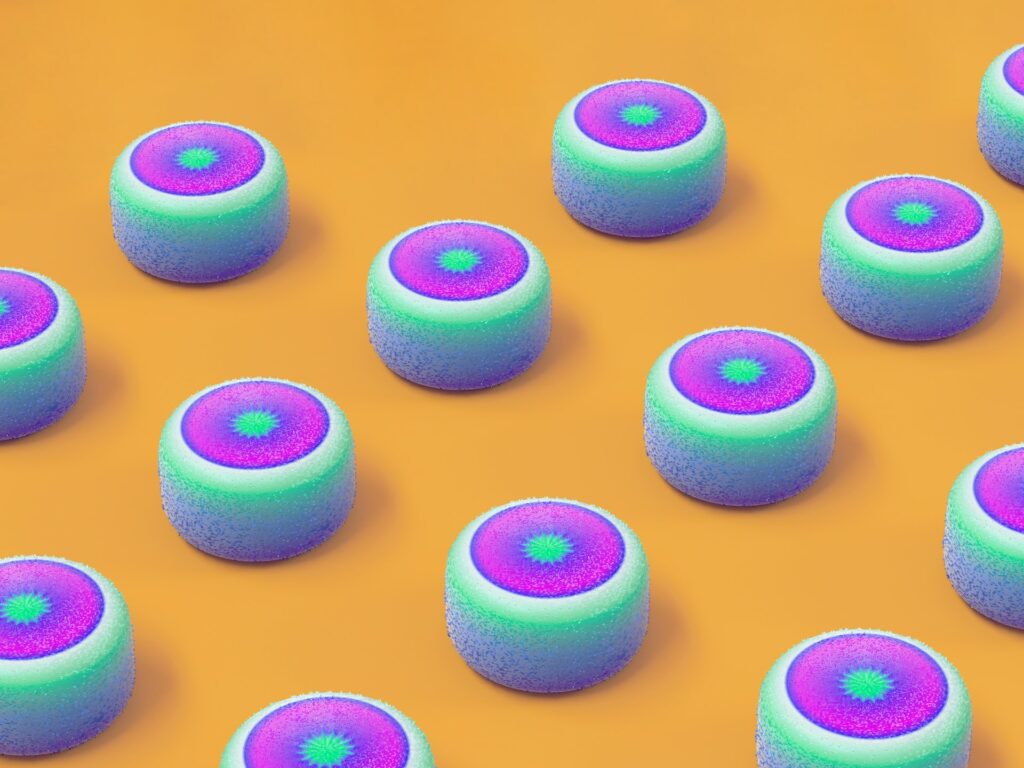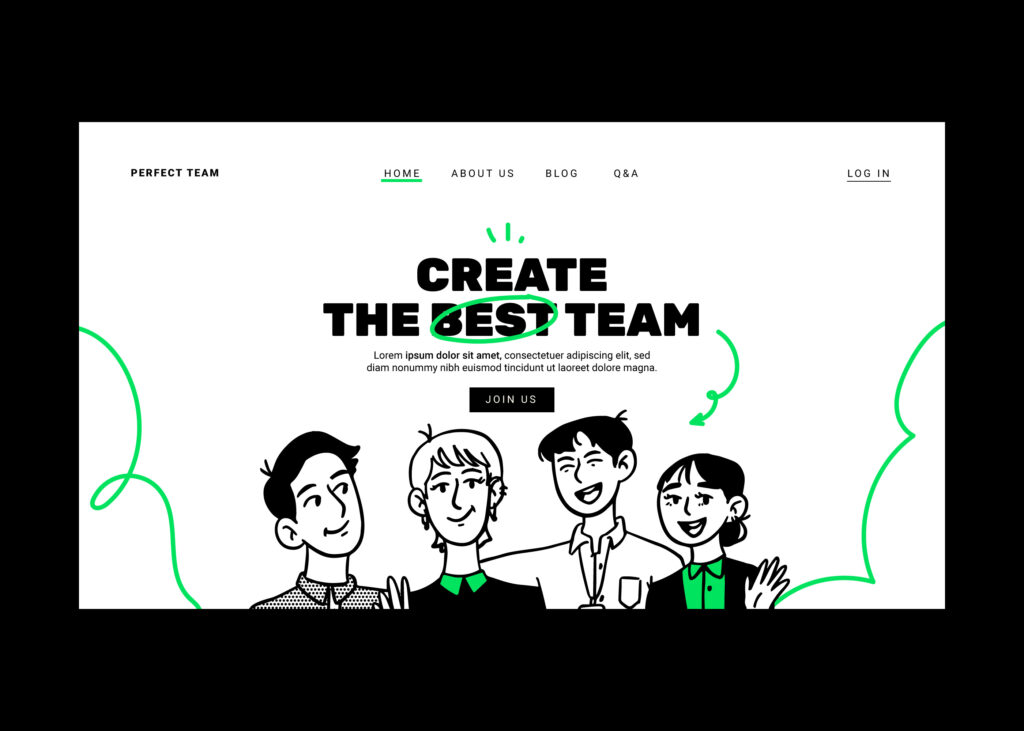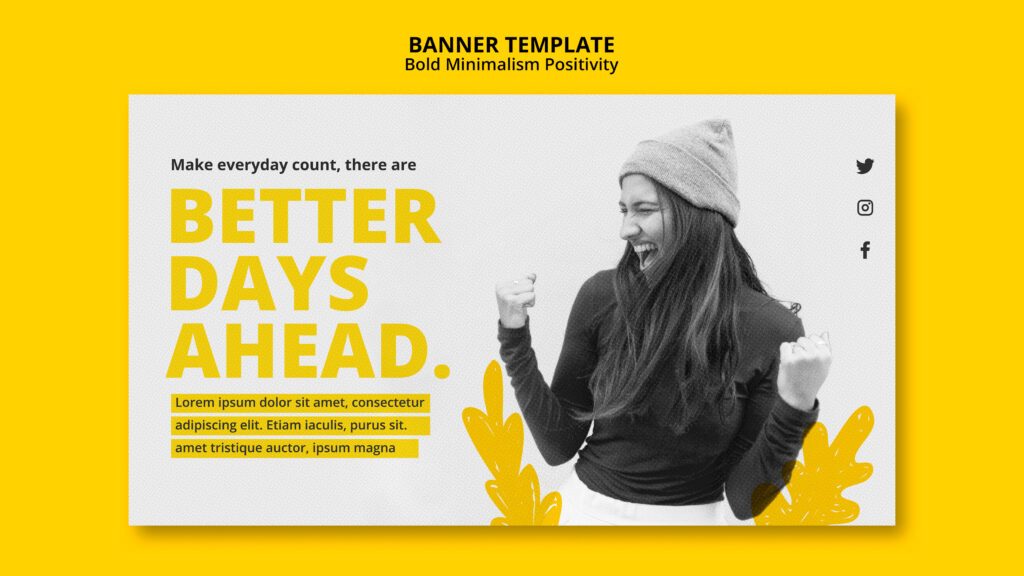
Images have the power to bring so much to life. Our memories, our homes, and even our websites. Images grab attention, inspire, keep our interest, and even help us learn. That’s why they play such a critical element in any website design and ultimately in website sustainability.
Website Sustainability
Website sustainability? Why do we need to have sustainable websites? It may be hard to imagine, but the web, this seemingly virtual concept, has quite a physical impact on the environment. From the content to the code used to design and create websites to the images and animations, websites hold a lot of data. This data requires storage; hence data servers. These powerful computers are housed in data centers. The more data our websites have the more storage we require. The more storage that is used the more energy is required to transfer that data between the server to the end user.
It takes a great deal of energy to power, and protect these data centers. From the electricity to the cooling down systems to the generators to the fire protection system; maintaining and running data centers contribute to 2% of the total global greenhouse gas emissions.
Every website is unique. With more simple designs and navigation, some websites carry less data and ultimately require less storage and less energy. However, other websites with data-heavy images or animations, complex buying journeys, and duplicated or complicated code can collectively contribute to global energy consumption as high as 10 billion kilowatt-hours (kWh).
As we all start to feel the pressures of climate change we can work to create sustainable websites, reduce our website’s carbon footprint and create carbon-neutral websites that contribute to a better web and environment.
What is Image Compression?
Compressing images involves reducing their file size so they take up less space. You can optimize your images and compress your files without affecting their quality. It is a way to fit more data in the same amount of area. There are incredible tools, like Colorcinch, that help us compress our images quickly and easily. Compression techniques reduce the complexity of an image and this results in there being less data to store.
Image Compression Meets Website Sustainability
There are many ways to encourage website sustainability through green hosting, applying web performance optimization, and SEO best practices. However, reducing the weight of your website is one of the top actions you should consider first. It can ultimately reduce the resources used and therefore the energy needed to transfer the data. Websites are packed with images, which are often the heaviest elements on any website. And while we focus on them in this article, you shouldn’t neglect your code resources like JavaScript, CSS, and HTML. Simple code compression and minification will reduce your page weight and your site’s carbon footprint. You can even install an all-in-one web performance solution like NitroPack, which automatically optimizes your code.
In terms of your images, using next-generation image formats with high compression has a massive impact on website loading times. With lighter images, we create lighter websites and ultimately reduce data transfer. With less website data to serve our end users, comes less storage requirements and reduced energy consumption.
What is Image Optimization
Image optimization is a way of refining images. It is a number of processes that ensure an image is in the right format, dimension, size, and resolution while keeping the smallest possible size and delivering a high-quality image.
Image Optimization Meets Website Sustainability
Image compression plays a huge role in reducing website loading time and improving website sustainability. But there is always more to be done. We can quickly take our images and compress them but if we take time to consider the purpose of our images and their design beforehand, we can start to streamline our website sustainability process.
From selecting the correct file type to image scaling to color and detail to the number of images you choose, you can quickly reduce the weight of your website and ultimately reduce your website’s carbon footprint. As images make up the majority of the file size on our websites, using images efficiently is one of the best strategies to reduce page weight and energy use.
Image Optimization Tips
1. Choose the Correct File Type
Compressing images and reducing the file can mean nothing if you haven’t selected the correct file type. A new file type has been specifically designed for websites. WebP keeps image quality and compression in mind. WebP lossless images are 26% smaller in size than PNGs and 25-34% smaller than JPEG images.
2. Dimensions
Before we compress our images we can accurately size them for further optimization. Resizing and adjusting dimensions is critical as we fit into the constraints of our web pages. We must be careful that we are not just resizing this visually but in the image’s true form.
Resizing an image by defining HTML attributes or scaling with CSS does not decrease the file size. Your website will still have to load the same amount of data even though the image appears visually smaller from the end user’s perspective.
Therefore, for resizing to be effective you must resize the image correctly by lowering the resolution and exporting fewer pixels which result in less data.
3. Don’t Use Images Just For Decoration
Images certainly enhance our users’ experience. Images can offer a heightened opinion and impression of our brand and that’s why they play such an important role in our website design. However, being selective over the number of images can reduce our page weight.
Your images are not the only element selling your product or service. The words you use and the buying journey you create are what convert users. Use images to enhance the user experience but be considerate and conscientious when choosing how many to use. The images you choose must only provide value to your prospects and ultimately enhance their experience.

4. Color & Detail
Color-rich images mean more image data. Although an image with more color and detail will be sharper and attention-grabbing it will also be a larger file size. The less colors in the image, the smaller the file size.
5. Caching & CDNs
Pages don’t load until all the resources have been downloaded. This can be a problem if your end users are running on a slow device or network. You can enable caching, which means the website assets will be stored on a user’s browser after the first load. This will eliminate the need for the website to fully load each time a visitor returns.
A CDN is a content delivery network. A CDN exists to reduce the latency between a request to load a web page to the moment the content actually appears. If your hosting provider is based in Australia and your end user is based in the UK a CDN will help minimize the distance by storing a cached version of its content in multiple locations. The further the information has to travel the more energy is used.
As images contribute to almost half our website data, integrating caching and using CDNs is a guaranteed way of optimizing your website and improving website sustainability.
What Else Does Image Optimization & Compression Do?
1. Improves Website Speed
45.6% of a website’s page weight is images; making up almost half of our website’s data and weight. With optimized and compressed images you can significantly reduce the time it takes to load your website. Not only does this increase your website’s reputation and functionality but Google sees page speed as a critical factor in their algorithm to rank pages.
2. Improves Search Engine Performance
With a better-performing website and improved website speed, your website will rank higher. Optimized images help search engines understand your website better. As your compressed images reduce page weight and page load time your website will become more attractive to both search engines and prospects.

3. Improves User Experiences
Through compressed images, you have contributed to both climate change and an improved user experience. As your website loads faster and users navigate through your website with as little friction as possible, you’ve optimized their buying journeys. With optimized online experiences, you can look forward to increased conversions.
If you’re looking for an ultimate solution to convert multiple images into a single PDF file -the image to pdf tool of mergepdf.io has your back. This way, you’ll be able to create presentations and portfolios instantly.
Website sustainability through image compression, hosting, buying journeys, and SEO is a simple and effective way to actively contribute to a greener web and a better-performing website.
Other Website Sustainability Tips
- Switch to an eco-friendly hosting provider
- Reduce data transfer
- SEO to ensure you reduce website traffic and increase traffic quality
- Sustainable website development
- Optimize buying journeys
Knowledge is Power
Understanding the environmental impact of your website is a powerful way to start making better decisions. As the digital world expands and the number of internet users grows, we can only have so much control over the emissions of our websites. Although we would have reduced the emissions of our websites, they will continue to emit CO2. So you can offset your emissions with climate projects through Pathmonk Climate, and showcase your sustainability and neutrality efforts with a carbon-neutral certificate.
Fighting for website sustainability and carbon neutrality is not only good for the environment but it’s good for your brand. Customers, employees, and investors are prioritizing businesses that are taking action to fight climate change. You can directly influence buying decisions, generate employee advocates, get investors’ attention, and future-proof your business.
We understand that every journey has small milestones that ultimately get you closer to the bigger picture. Starting your website sustainability journey is only the beginning as you tackle climate action with every click.
About Guest Author: Lindsay Dowling
Lindsay is a content creator and writer at Pathmonk. Traveling is her fuel, writing is her passion, and reading is her inspiration. When she’s not writing and creating content professionally, Lindsay is doing it in her free time too.







